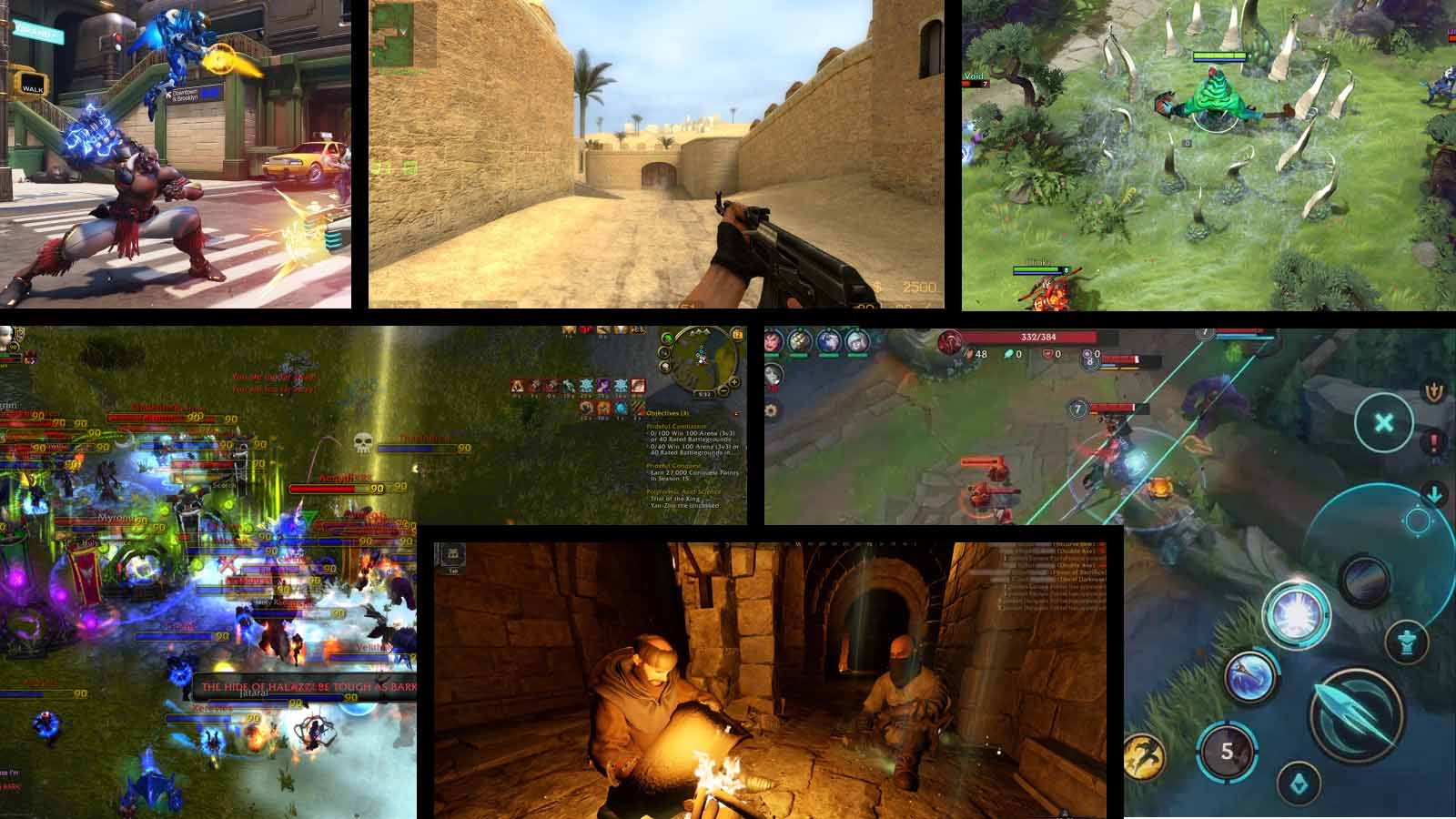The interplay between Player versus Player (PvP) and Player versus Environment (PvE) elements, along with deep progression systems, forms the backbone of many of today’s most engaging and complex video games. Balancing PvP in such games is a constant challenge, as it involves aligning competitive interactions with the broader goals and growth experienced in PvE contexts. This article explores whether it is possible to achieve a balanced PvP experience in games that also feature significant PvE and progression systems.
The Complexity of Balancing PvP with PvE
Divergent Player Goals
In games that combine both PvP and PvE, players often have divergent goals. PvE-focused players might be more interested in story progression, character development, team collaboration, and exploration, whereas PvP players seek competition and direct conflict with other players. Balancing these interests requires a design that accommodates various playstyles while ensuring that neither player type feels at a disadvantage. A balance that seems hard to strike for many studios and games, as these goals can work against each other for different players.
Progression Disparities
One of the major hurdles in balancing PvP in a progression-rich environment is managing disparities in player levels and equipment. In purely PvP games, like *Counter-Strike* or *Valorant*, players generally start on an even footing each match. However, in games like *World of Warcraft* or *Final Fantasy XIV*, Dark and Darker, long-term character progression can lead to significant power imbalances that make fair PvP encounters challenging.
Looking at PvP and PvE in other games
World of Warcraft
World of Warcraft has undergone various iterations in its approach to PvP. Initially, PvP was a side activity with minimal impact on PvE progression. There was initially PvP servers with open world engagements of players. Over time, Blizzard introduced more structured PvP systems, such as Arenas and Battlegrounds, with specific rewards that contributed to both PvP and PvE progression. However, balancing the game so that PvE achievements do not overpower PvP engagements has been an ongoing issue. There’s specific PvP gear, and arena tries to give that even field platform for making skill the primary issue. But nesting that in a game made of progression systems can seem counter productive to the games design.
Guild Wars 2
Guild Wars 2 offers an interesting solution with its structured PvP system, which normalizes player levels and equipment, ensuring that all players compete on a level playing field regardless of their PvE progression. This system allows for a competitive and balanced PvP experience that is largely independent of the player’s PvE content. They also offer two different flavors of PvP, world vs world as well as more structured 5v5 engagement. The structured 5v5 has all equipment normalized and skills / spells unlocked.
Elder Scrolls Online
Elder Scrolls Online integrates PvP into its world through massive, open-world campaigns in Cyrodiil where players from different factions strive for control over the territory. While there is some normalization, progression in PvE still significantly affects PvP capabilities, leading to potential imbalances.
The Balancing Act Continues
While balancing PvP with PvE in games featuring significant progression systems is challenging, it is not impossible. In a number of games that have come up over the years, finding a balanced way to achieve PvPvE seems like an incredible mechanic to keep players engaged for years, and a thriving dynamic environment.
But is it a red herring?
Trying to force PvP into a game that has a well developed character and general progression systems seems to create discourse for the games. PvP and PvE are two different game designs that foster goals for players, that cause a poor player experience for many because the players do not share the same goals.
